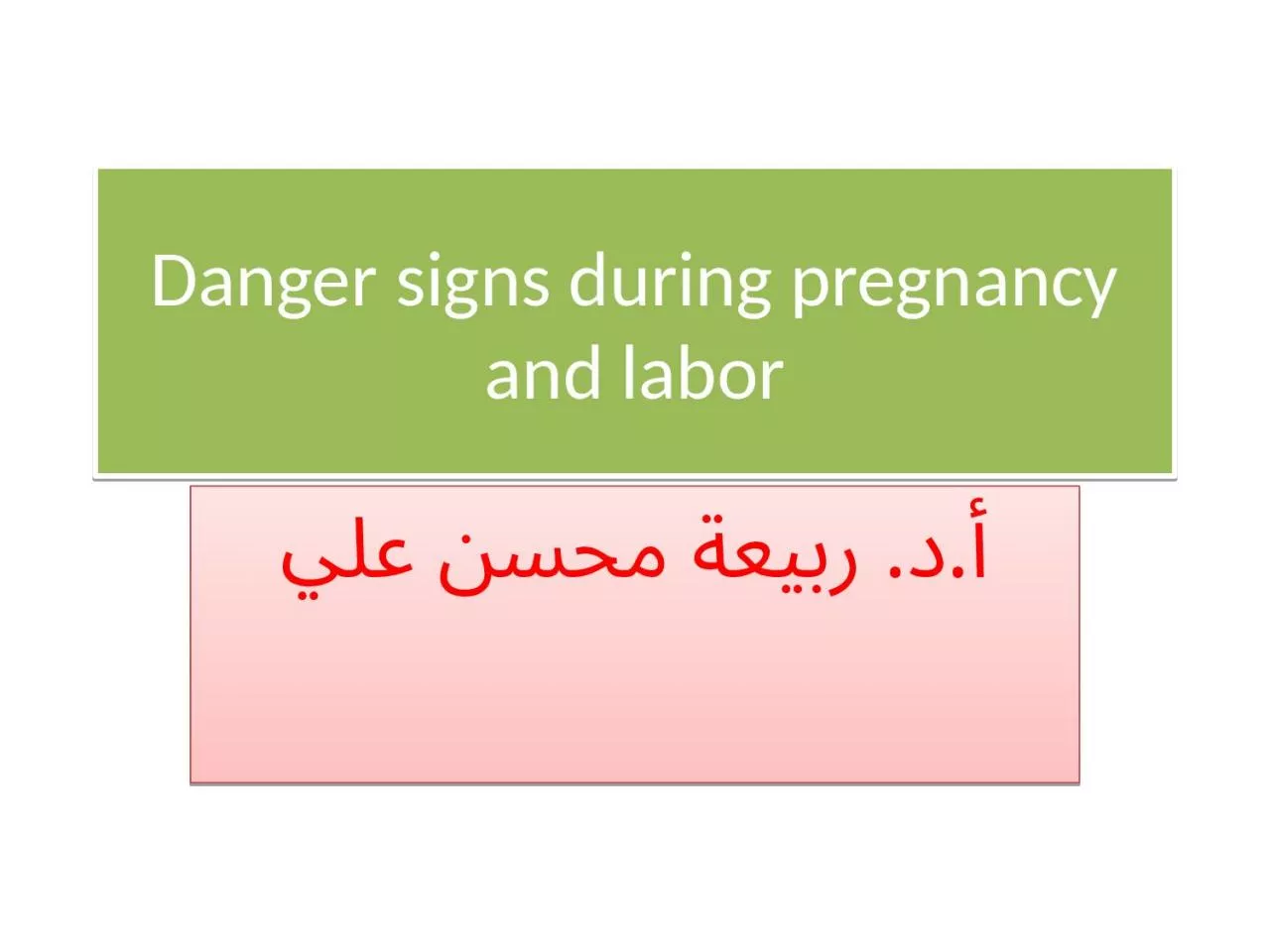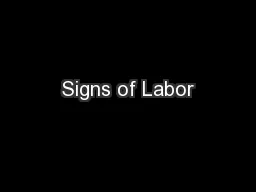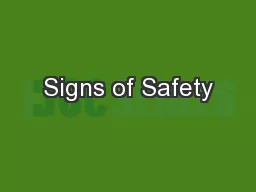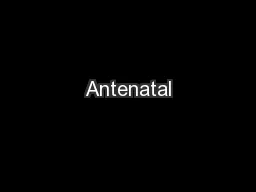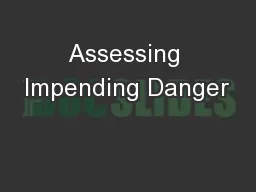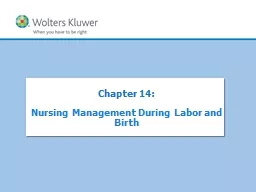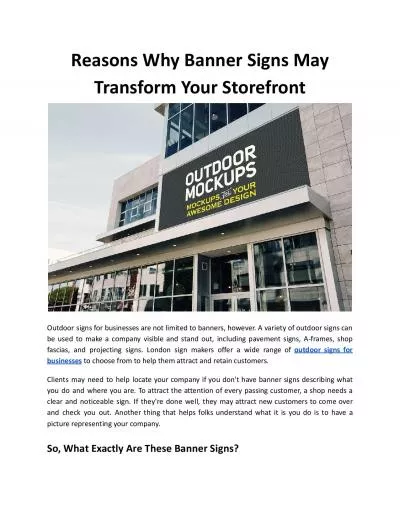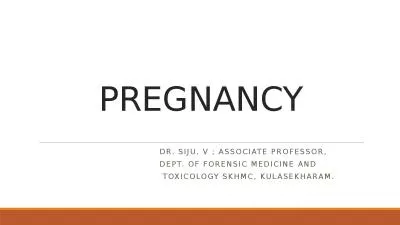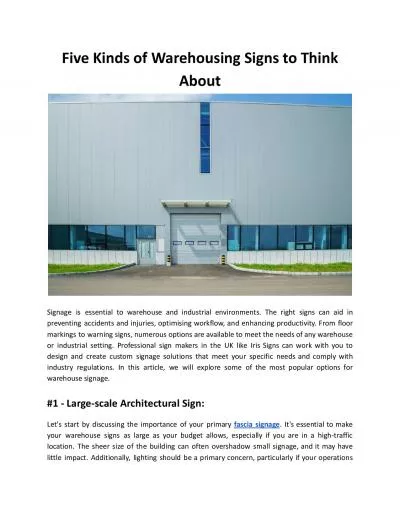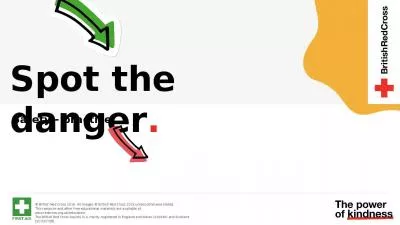PPT-Danger signs during pregnancy and labor
Author : melody | Published Date : 2023-07-27
أد ربيعة محسن علي Danger sign during pregnancy Decreased fetal movement 1 If you notice that your baby isnt moving around as much as she normally
Presentation Embed Code
Download Presentation
Download Presentation The PPT/PDF document "Danger signs during pregnancy and labor" is the property of its rightful owner. Permission is granted to download and print the materials on this website for personal, non-commercial use only, and to display it on your personal computer provided you do not modify the materials and that you retain all copyright notices contained in the materials. By downloading content from our website, you accept the terms of this agreement.
Danger signs during pregnancy and labor: Transcript
Download Rules Of Document
"Danger signs during pregnancy and labor"The content belongs to its owner. You may download and print it for personal use, without modification, and keep all copyright notices. By downloading, you agree to these terms.
Related Documents

